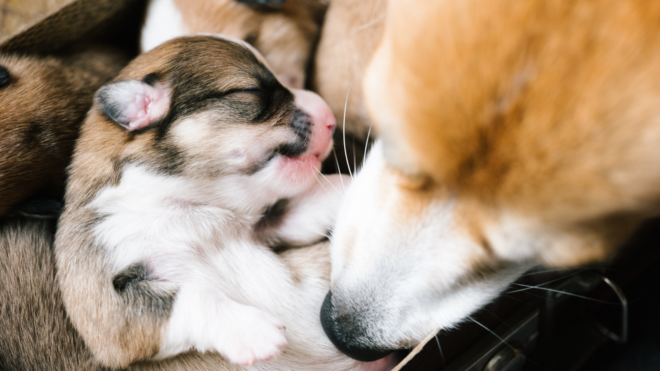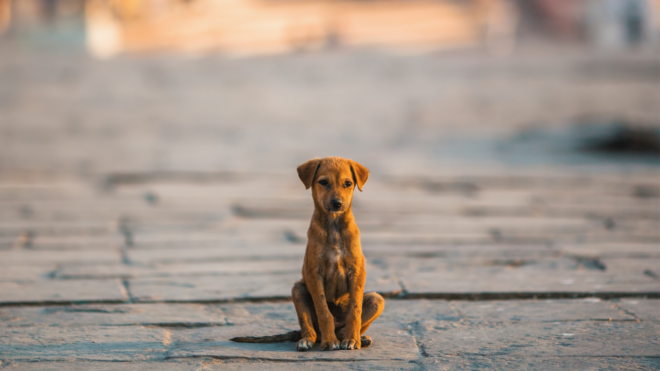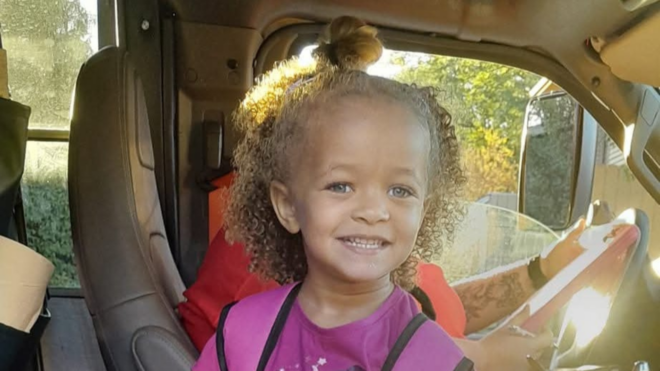A maternal instinct means that mothers would do almost anything for their kids.
It's also the same instinct that leads some dogs to take all kinds of animals under their wing.
For people, this takes shape in lots of ways — from doctor visits and sleepless nights to endless carpooling and making sure they're eating their vegetables.
Of course, most mothers would die for their children, but one of the perks of being at the top of the food chain is that most of our parenting decisions are not life and death. However, in the animal kingdom, constant danger leads animal parents to do all sorts of amazing and selfless things.
In fact, some of the actions taken by these animal parents are surprisingly human. And other behaviors might just put Homo sapien parents to shame.
Can you think of any other animal parenting feats we missed? Make sure to let us know in the comments and please SHARE with friends and family!
1. Orangutans Carry Their Babies For Up To 5 Years
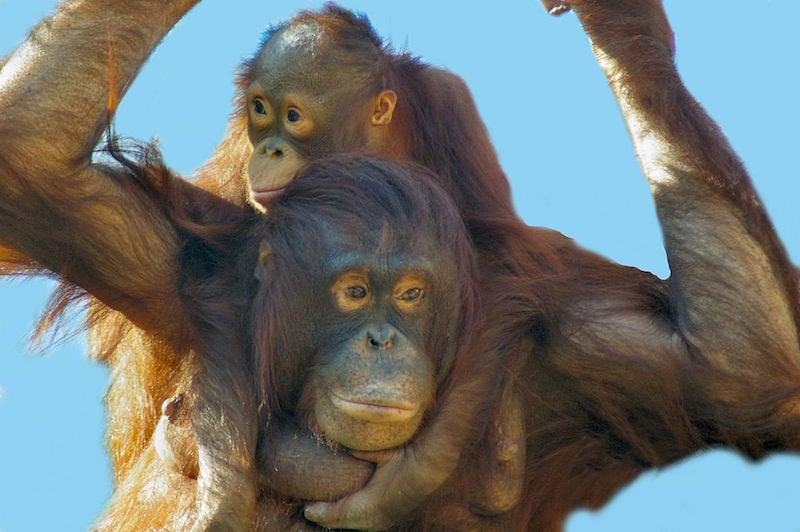
Orangutans grow up incredibly slowly. A baby will cling onto and be carried by his or her mother for at least the first two years of life.
Some offspring have even been known to be carried until they are 5 years old, and have been recorded to be breastfed until they are 8 in the Tanjung Puting National Park in Indonesia.
2. Octopuses Starve To Death To Protect Offspring
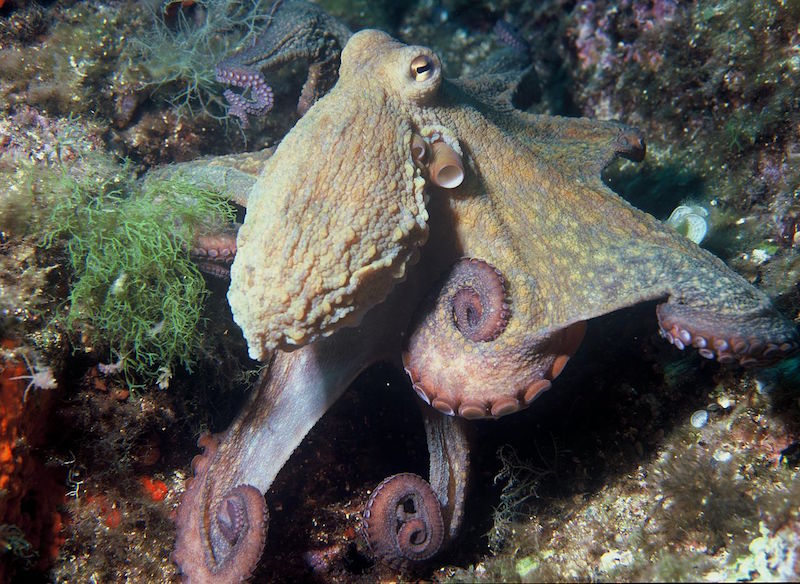
A female octopus will lay hundreds of tiny eggs on rocky overhangs and in crevices. She tends to and protects her eggs fiercely for the entire incubation period.
Scientists observed one octopus whose young took an epic 53 months to hatch. By the time her eggs hatched, she was so starving and exhausted that she died. This happens with many species of octopus, who sacrifice themselves for the next generation.
3. Alligators Carry Babies In Their Mouth
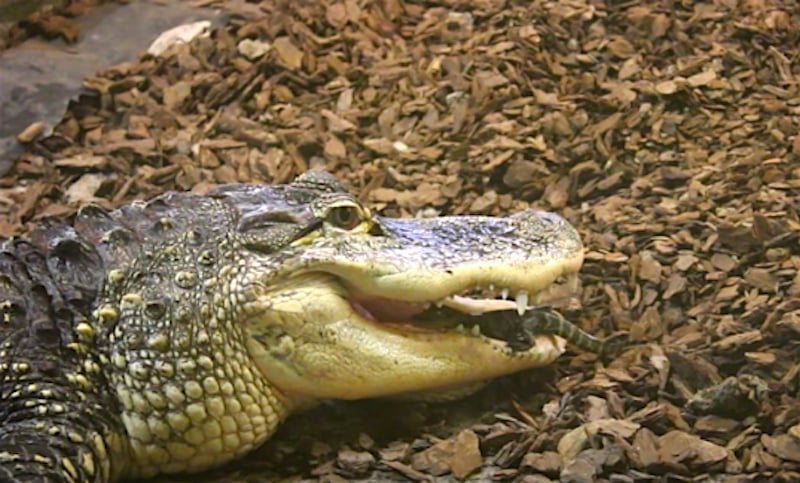
Female alligators and crocodiles carry their babies in their mouths as a form of transportation, and protection from predators. In fact, mother crocs have been known to carry up to 15 babies in their mouth at once.
4. Elephants Enlist Babysitters To Assist Them
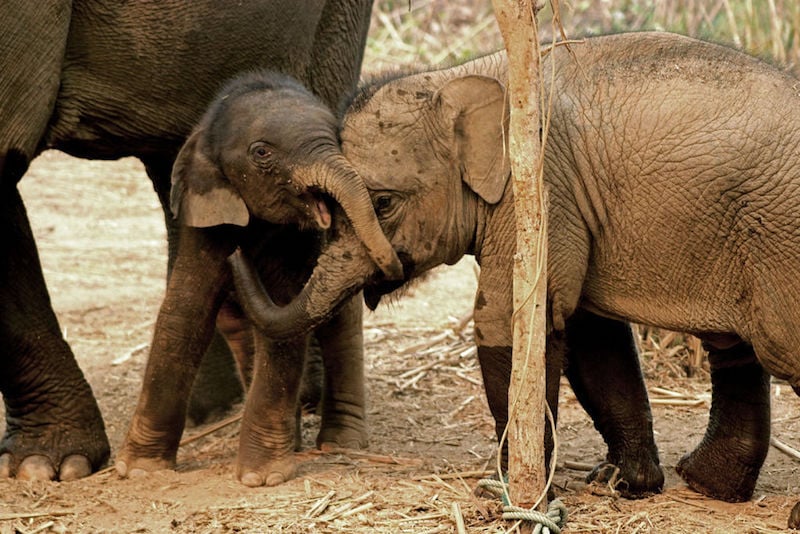
Elephant herds are dominated by females, and are led by an older and experienced matriarch. The female elephants, called cows, help each other raise their young by delegating some of their calf-tending responsibilities to younger members of the herd.
This gives the mama elephants a break, but also helps teach the young females important skills they will use on their own calves someday.
5. Strawberry Poison Dart Frogs Carry Tadpoles To Individual Pools
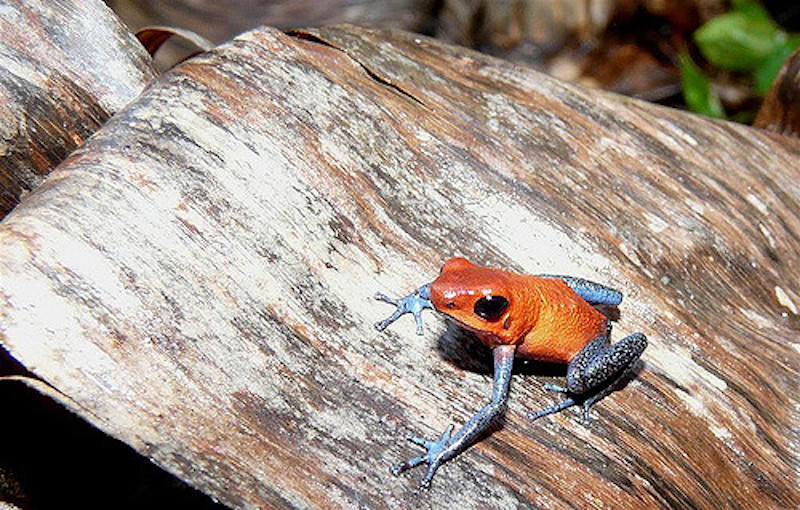
The strawberry poison dart frog lays up to five eggs. When the tadpoles hatch, they are known to display cannibalistic behavior.
To keep her young safe from each other, the mother will carry each tadpole up a tree to individual pools where they will morph into frogs. She will tend to each separate tadpole on a daily basis for six to eight weeks until they metamorphose.
6. Koalas Feed Their Young Their Own Feces
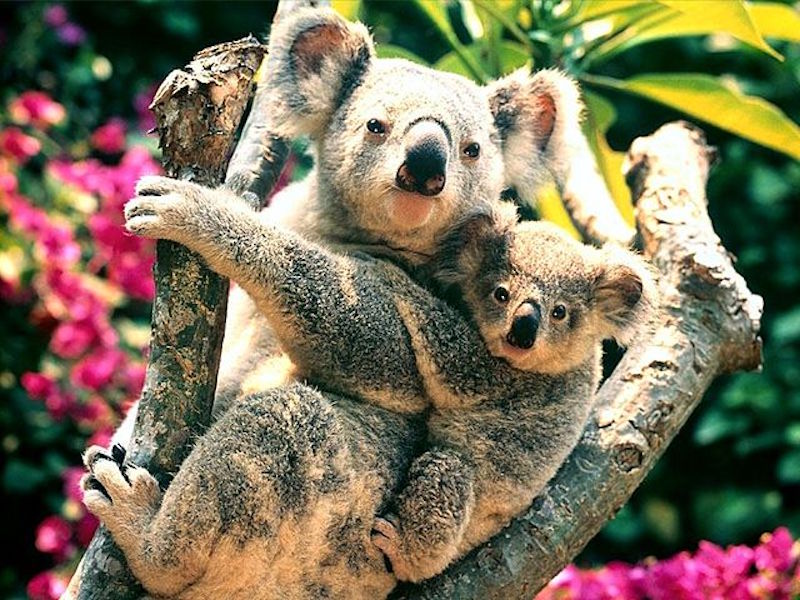
The koala diet consists solely of eucalyptus leaves, which are poisonous to most animals. In fact, even baby koalas, called joeys, are not born with a resistance to the leaves.
To build up a joey's tolerance, the mother koala feeds it her feces. After six months of feeding on its mother's milk and feces and growing in her pouch, the koala can eat leaves for herself.
7. Male Seahorses Carry Their Many Hatchlings

Male seahorses collect up to 2,00o eggs from their female partners and proceed to fertilize, carry, and hatch them. He will even carry them after they hatch until they adjust to the ocean's salinity.
8. Caecilian Mothers Let Offspring Feed Off Their Skin

Here is a species that gives new meaning to giving the skin off her back for her young. Caecilians are strange worm-like amphibians found in tropical regions.
Studies have found that mothers allow their young to feed on their nutrient-rich skin and lose up to 14 percent of their body weight doing so. Surprisingly, the moms appear unharmed by this behavior.
9. Emperor Penguins Starve While Keeping Babies Warm From Antarctic Temperatures
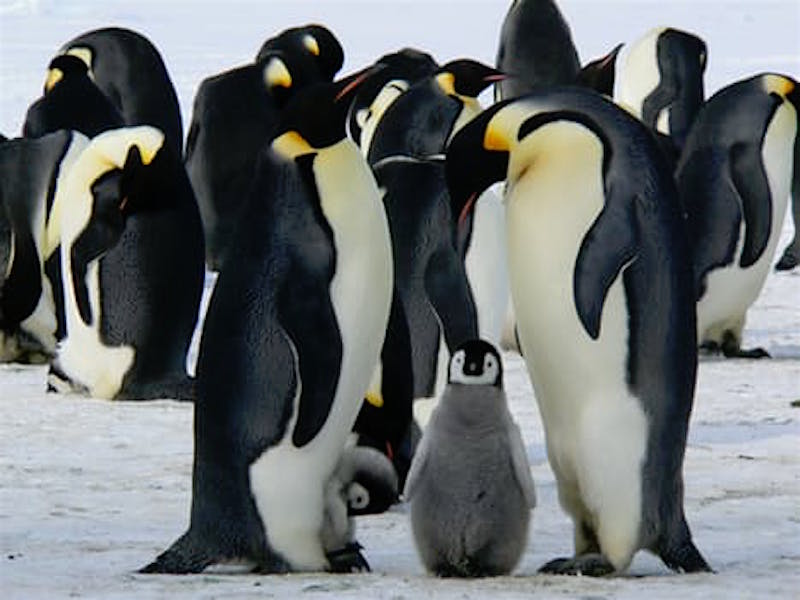
After laying their eggs, female emperor penguins go off to sea for two months to feed. All the while, their male mates are left to incubate and hatch their eggs in the frigid Antarctic winter.
The males barely move and do not feed for 64 days until their eggs hatch.
After hatching, it is the dad's responsibility to keep the baby safe from frigid temperatures until the mom returns. They huddle together in huge colonies to keep warm and have been known to lose up to 44 pounds before their mates come back to take over child-rearing duties.
10. Male Sandgrouse Soak Up Water For Thirsty Chicks
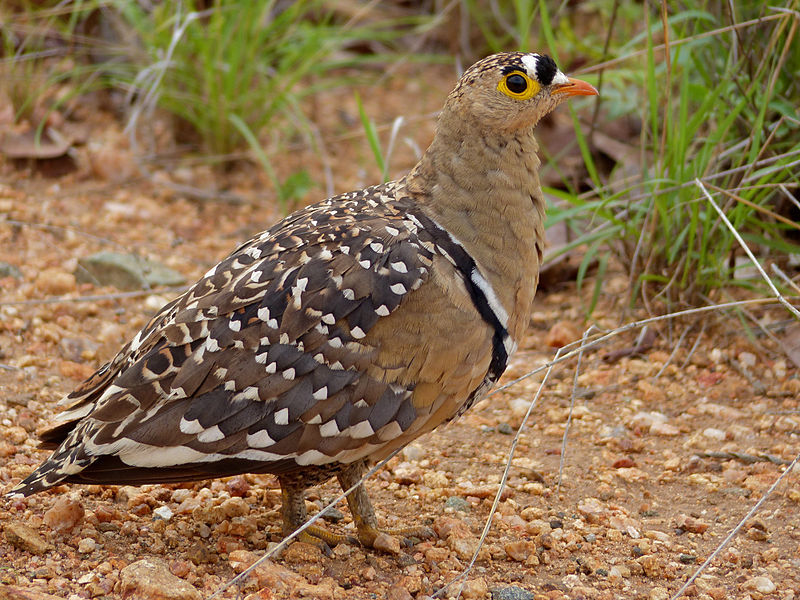
The sandgrouse lives in sub-Saharan Africa and has to fly far and wide for a drink of water. When their chicks are too small to fly themselves, the dad sandgrouse uses his absorbent feathers to soak up water that he then feeds to his thirsty chicks.
11. Gray Whales Lose Up To 8 Tons While Nursing

Pacific gray whales migrate thousands of miles from their preferred rich feeding ground in the Arctic to tropical waters to breed. Warmer waters aren't as nutrient rich as cold ones, but they are safe from predators who would threaten a calf.
While the mother whale nurses in the tropics, she might lose up to eight tons of her body weight due to lack of food.
12. Mother Dolphins Stay Awake For An Entire Month After Giving Birth
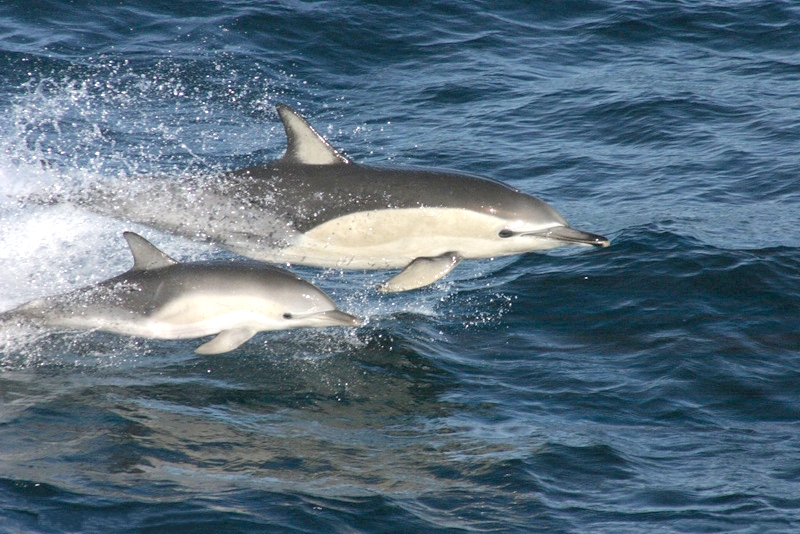
In what sounds like every new mother's nightmare, newborn dolphins stay awake for a month after they are born, and so does Mom. Dolphins and similar mammals typically sleep for five to eight hours a day. But the first month of both mother and calf being together is spent mostly awake until the baby gradually adopts normal adult resting habits.
Did we miss any wild parenting feats? Please let us know in the comments and don't forget to SHARE with your friends on Facebook!

